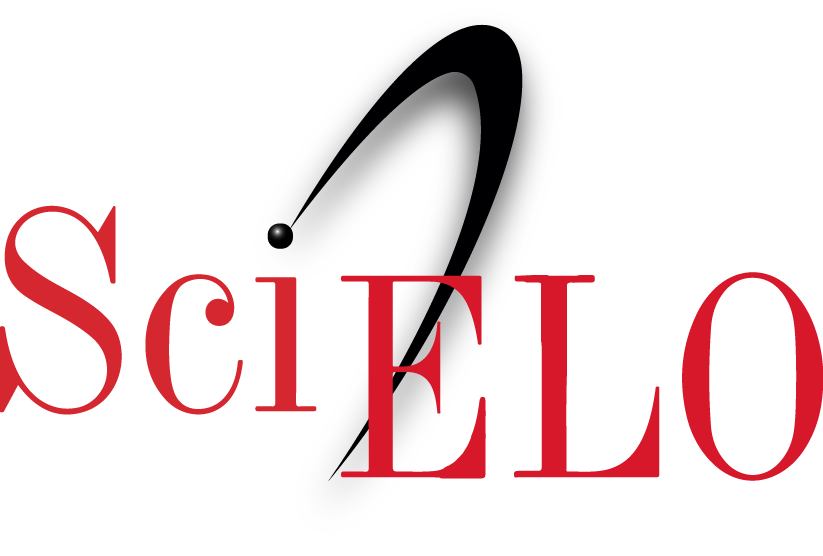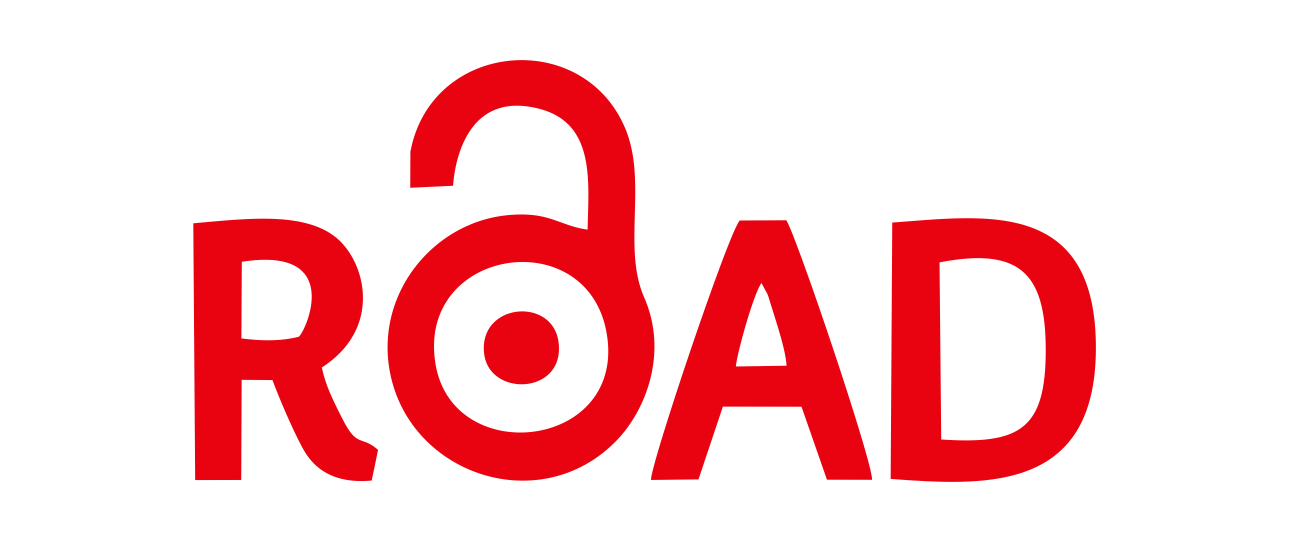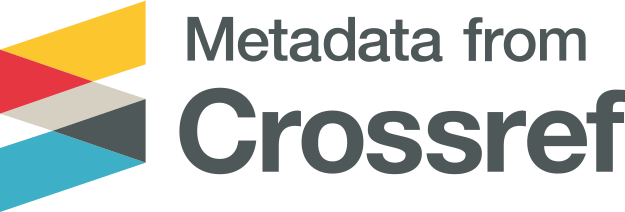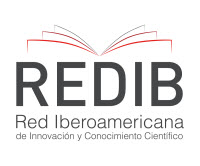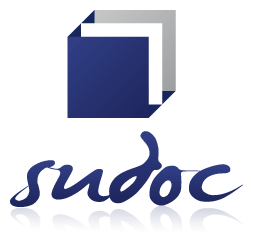Microfinance in Argentina: A sistematic literature review
Keywords:
Microfinance; Argentina; Sistematic Literature Review.Abstract
Microfinance is a set of services specially designed to meet the demands of the population with less economic resources. The most important aim is focused on improving the quality of life of people and increasing their income and investment in education and health. As area of study, a remarkable increase can be identified from the beginning of the twenty-fist century, gaining importance over the years given that microfinance has achieved the recognition of international organizations in the fight against poverty. The present work carried out a Systematic Literature Review on microfinance, analyzing the volume of publication and the main countries and journals that address the subject of study, in Scopus and SciELO databases.At the same time, we detected the books available for consultation in different national libraries that refer to microfinance in Argentina. Finally, we summarized those works that focus on the economic situation of Argentine microfinance market and which are published in these databases. The aim was to identify the main characteristics of this market, its state of development and to obtain an overview of the possible obstacles it faces to expand in a sustainable manner. In addition, we sought to explore the key gaps in the literature and provide some suggestions for future research.References
Agüero, J.O. (2008). Globalización, finanzas sociales y microfinanzas. Dunken, Buenos Aires.Ahnen, R. (2017). Leftist politics and the limits of microcredit in argentina. [La políticaizquierdista y los límites del microcrédito en Argentina] Journal of Politics in Latin America,9(2), 41-62.Almansi, F., Tammarazio, A. (2008). Mobilizing projects in community organizations witha long-term perspective: Neighbourhood credit funds in buenos aires, argentina.Environment and Urbanization, 20(1), 121-147.Balasubramanian, A. (2009). Micromanagement: Fixing microfinance in Argentina. HarvardInternational Review, 31(3), 9-10.Banerjee, A. V. (2013). Microcredit Under the Microscope: What Have We Learned in the PastTwo Decades, and What Do We Need to Know? Annual Review of Economics (5).Becchetti, L., Conzo, P. (2011). Enhancing capabilities through credit access: Creditworthinessas a signal of trustworthiness under asymmetric information. Journal of Public Economics,95(3-4), 265-278.Becchetti, L., Conzo, P. (2013). Credit access and life satisfaction: Evaluating the nonmonetaryeffects of micro finance. Applied Economics, 45(9), 1201-1217.Becchetti, L., Conzo, P. (2014). The effects of microfinance on child schooling: A retrospectiveapproach. Applied Financial Economics, 24(2), 89-106.Bekerman, M. (2004). Microcrédito: una estrategia contra la exclusión. Edición: Normaediciones. Buenos Aires, 2004.Bekerman, M. (2008). Las microfinanzas y sus desafíos en la Argentina. Iniciativa Para LaTransparencia Financiera, Lectura 36.Bekerman M., Iglesias, F., Ozomek, S., Rodríguez S (2006). Microfinanzas en la Argentina.PNUD. Año Internacional del Microcrédito 2005. Buenos Aires. BekermanBekerman, M., Rodriguez, S. (2007). Productive policies for the deficits sectors: Microcredits inargentina. [Politicas productivas para sectores carenciados: Microcreditos en Argentina]Desarrollo Economico, 47(185), 95-118.Bernstein, A. (2009). Tort theory, microfinance, and gender convergent in pecuniary reparations.The gender of reparations: Unsettling sexual hierarchies while redressing human rightsviolations (pp. 291-323)Bosio, C., Ortecho, E., Ferrero, A., Montiel, C., Duarte, G., Scardino, L. (2013). Microcréditopara mejoras de viviendas populares: poco para muchos. Pampa (Santa Fe), (9), 45-71.
Carballo, I. E., Grandes, M., Molouny, L. (2016). Determinants of the potential demand formicrocredit in argentina. [Determinantes da demanda potencial de microcrédito naArgentina] Cuadernos De Administracion, 29(52), 199-228.Chen, J., Chang, A. Y., Bruton, G. D. (2017). Microfinance: Where are we today and whereshould the research go in the future? International Small Business Journal: ResearchingEntrepreneurship, 35(7), 793–802.Curat P., Lupano J., Adúriz I. (2006). Estudio de demanda potencial de microcrédito en elconurbano bonaerense, Fundación Andares, Dic.2006.Delfiner, M., Pailhé, C., Perón, S. (2007). Microfinanzas : un análisis de experiencias yalternativas de regulación. Revista de Temas Financieros, IV, 63–118.Ferreyra, I (2014). La gestión asociada del Programa Nacional de Promoción del Microcréditopara el Desarrollo de la Economía Social: oportunidades para una evaluación participativa.XIX Congreso Internacional CLAD sobre la Reforma del Estado y de la AdministraciónPública, Quito, Ecuador.Friedrich, D. S. (2014). Global microlending in education reform: Enseñá por argentina and theneoliberalization of the grassroots. Comparative Education Review, 58(2), 296-321.Geissler, K. H., Leatherman, S. (2015). Providing primary health care through integratedmicrofinance and health services in latin america. Social Science and Medicine, 132, 30-37.Giardili, S. (2012). “El costo del Capital y las Microfinanzas. Evidencia para Argentina”. Tesis deMaestría en Economía, Facultad de Ciencias Económicas, Universidad Nacional de LaPlata. Director: Ricardo Bebzuk.Grandes, M. (2014). Microfinanzas en la Argentina. Temas Grupo Editorial, 1era edición. ISNB978-987-1826-86-5.Grandes, M., Carballo, I. E. (2013). The Potential Demand for Microcredit in Argentina.Documento de trabajo Nro 9. Escuela de Negocios. Facultad de Ciencias Económicas de laUniversidad Católica Argentina.Guercio, M. B., Oliveras, G., Vigier, H. P., Briozzo, A. E. (2015). External financing from agender perspective. [Financiamiento externo desde una perspectiva de género] RevistaVenezolana De Gerencia, 20(71), 440-454.Impulso Argentino (2015) Microcreditos en la Argentina : una herramienta clave para lainclusión financiera / Anónimo ; coordinado por Juan Agustín Debandi. - 1a ed. - CiudadAutónoma de Buenos Aires : Foncap, 2015.Koberwei, A. (2011). Consumo y dinero: transacciones legítimas, acuerdos y conflictosinterpersonales en un programa de microcréditos, Runa, 32(2), 185-202.
Koberwei, A. (2012). El estado como categoría nativa: trabajo, territorio y proyecto nacional.Avá, Revista de Antropología, Vol. 21.Koberwei, A, Doudtchitzky, S. (2007) ¿Transmitir o producir conocimientos?: Un análisiscomparativo de la implementación de una política social a nivel local. Cuadernos deantropología social, (25) pp. 133-150.Lashley, K. (2008). Health-care provision meets microcredit finance in argentina. Bulletin of theWorld Health Organization, 86(1), 9-10.Litman, L.C. (2017). Dar, recibir, esperar y devolver: Una mirada etnográfica sobre los vínculosentre ONG y cooperativas de trabajo. Cuadernos de Antropología Social, (44).Martinez, L., Vigier H., Briozzo A., Fernández Duval MB. (2015).Análisis comparativo demicrocréditos. Banca pública Argentina y el Banco Grameen. Economía y Sociedad. N° 33.Julio/Diciembre 2015 pp. 61-82.Morduch, J., (1999) The microfinance promise. Journal of Economic Literature, 37 (4), 1569–1614Norton, S., Milat, A., Edwards, B., Giffin, M. (2016). Narrative review of strategies byorganizations for building evaluation capacity. Evaluation and Program Planning, 58, 1–19.Objetivos de Desarrollo Sostenible 2030. Organización de las Naciones Unidas (2015).Disponible en: http://www.onu.org.ar/agenda-post-2015/ (última visita: 19/08/2018)Petticrew, M., Roberts, H. (2006). Systematic Reviews in the Social Sciences. BlackwellPublishing. Oxford, UK.Programa de las naciones unidas para el Desarrollo (PNUD), (2016). Informe sobre DesarrolloHumano. Desarrollo humano para todas las personas. Retrieved fromhttp://hdr.undp.org/sites/default/files/hdr_2016_report_spanish_web.pdf (última visita:17/08/2018)Schreiner, M., Colombet, H. H. (2001). From urban to rural: Lessons for microfinance fromargentina. Development Policy Review, 19(3), 339-354.Schuster, C. E. (2010). Reconciling debt: Microcredit and the politics of indigeneity inArgentina’s altiplano. Political and Legal Anthropology Review, 33(1), 47-66.Sosa, R. E. (2012). Sentidos de educar que construyen ‘otra economía': El Banco Popular de laBuena Fe. Revista Pilquen, Vol. 15.Tapella, E., Frigerio, M. (2011). Old wine in new bottles? rural credit and small scale agriculture.lessons from the case of social and agricultural programme in argentina. [¿Vino viejo envasijas nuevas? Crédito rural y pequeña agricultura. Aprendizajes a partir del caso delprograma social agropecuario en Argentina] Cuadernos De Desarrollo Rural, 8(67), 17-43.
Tranfield, D., Denyer, D., Smart, P. (2003). Towards a methodology for developing evidence-informed management knowledge by means of systematic review. British Journal ofManagement, Vol. 14, No. 3, pp. 2017-222.Thorsten, B. (2015). Microfinance : A Critical Literature Survey. Independent Evaluation Group(IEG). The World Bank IEG WP 2015/NO.4.United Nations (2005). International Year of Microcredit.http://www.un.org/en/events/pastevents/microcredit_2005 (última visita: 19/08/2018).Washington, M. L., Chapman, Z. (2014). Impact of microfinance on entrepreneurial activty inemerging economies: Panel data from argentina, brazil, colombia & south africa.International Journal of Entrepreneurship, 18, 59-67.Wong, G., Greenhalgh, T., Westhorp, G., Buckingham, J., Pawson, R. (2013). RAMESESpublication standards: meta-narrative reviews. BMC medicine, 11(1), 20.
Published
How to Cite
Issue
Section
License
Copyright (c) 2019 Sofia Orazi, Lisana Belén Martínez, Hernán Pedro Vigier
The works published in this magazine are under the Creative Commons Attribution-NonCommercial 2.5 Argentina license.
Important: The author is the owner of the rights to exploit the contents of the article of his authorship.
You are free to:
Share — copy and redistribute the material in any medium or format.
Adapt — remix, transform and build from the material.
The licensor cannot revoke these liberties as long as you follow the terms of the license.
Under the following terms:
Attribution - You must give appropriate credit, provide a link to the license, and indicate if any changes have been made. You may do so in any reasonable way, but not in a way that suggests that you or your use is endorsed by the licensor.
Non-Commercial - You may not use the material for commercial purposes.
There are no additional restrictions - You cannot apply legal terms or technological measures that legally restrict others to make any use permitted by the license.





